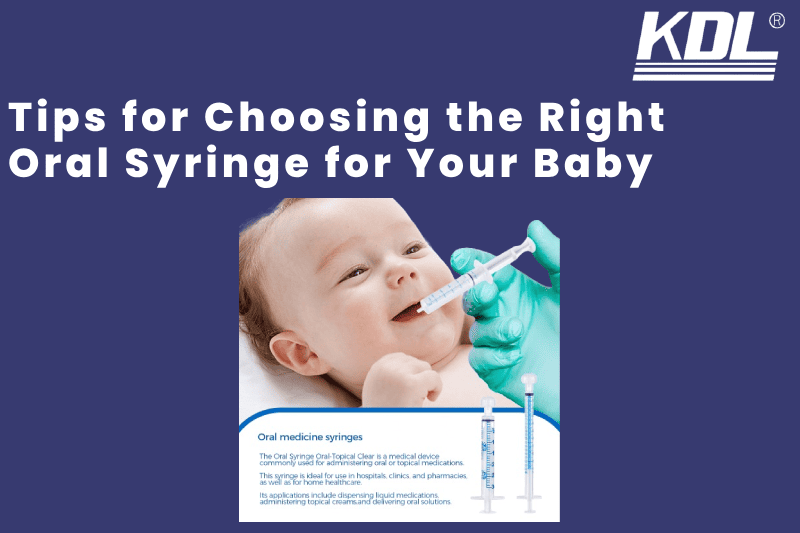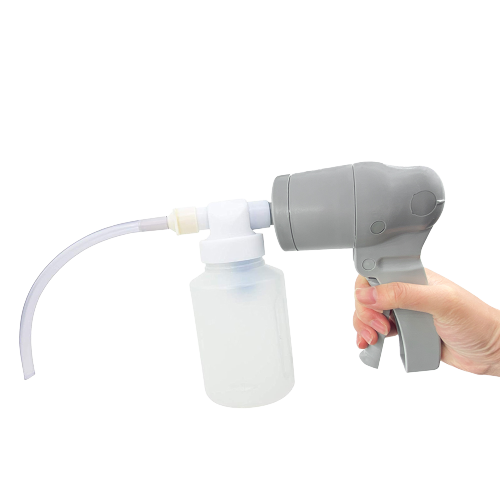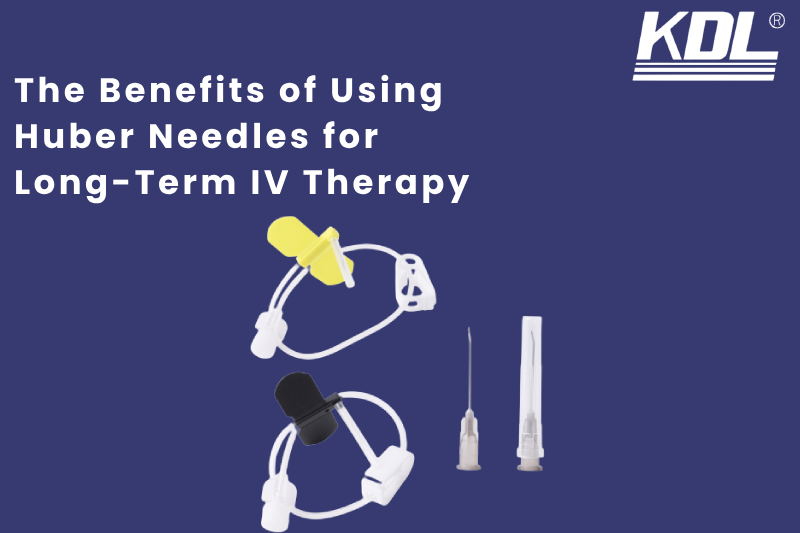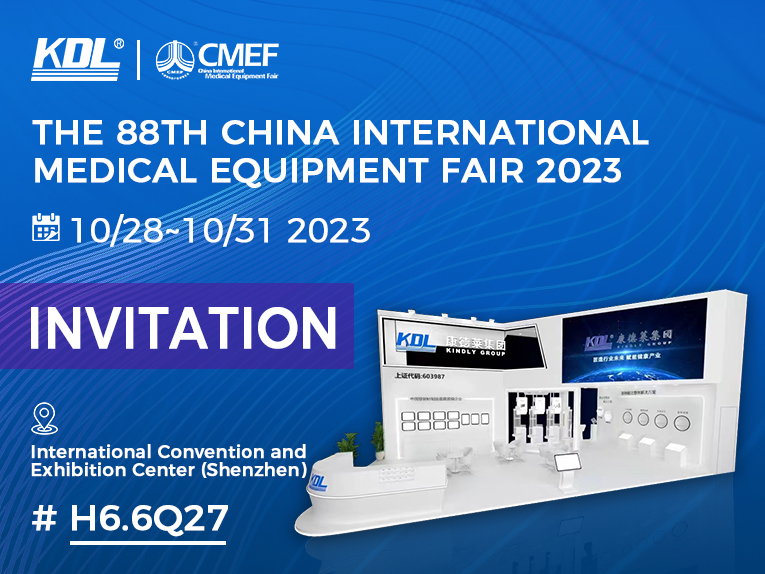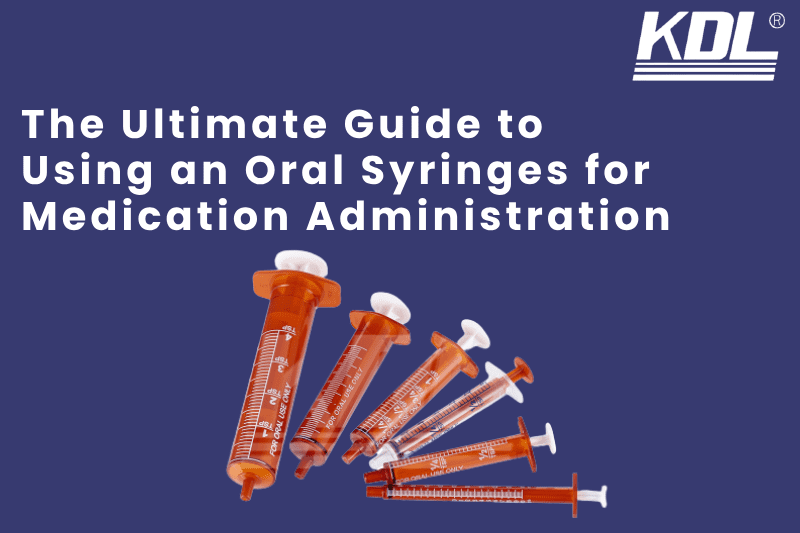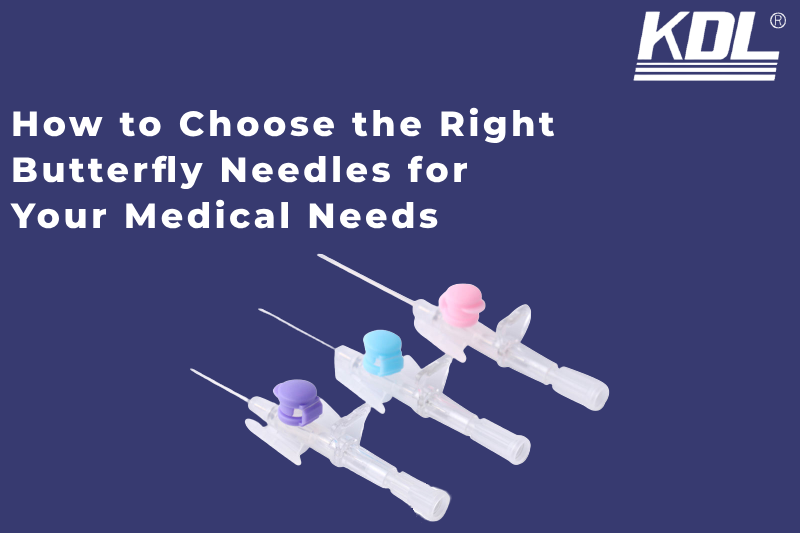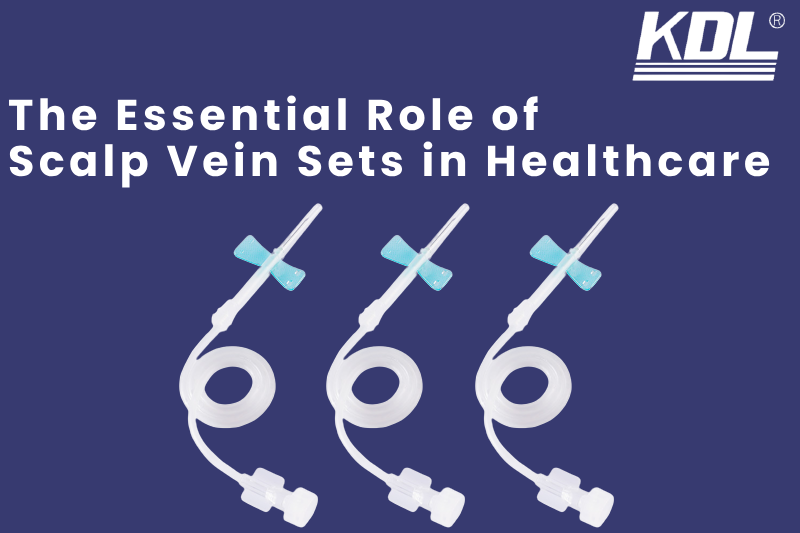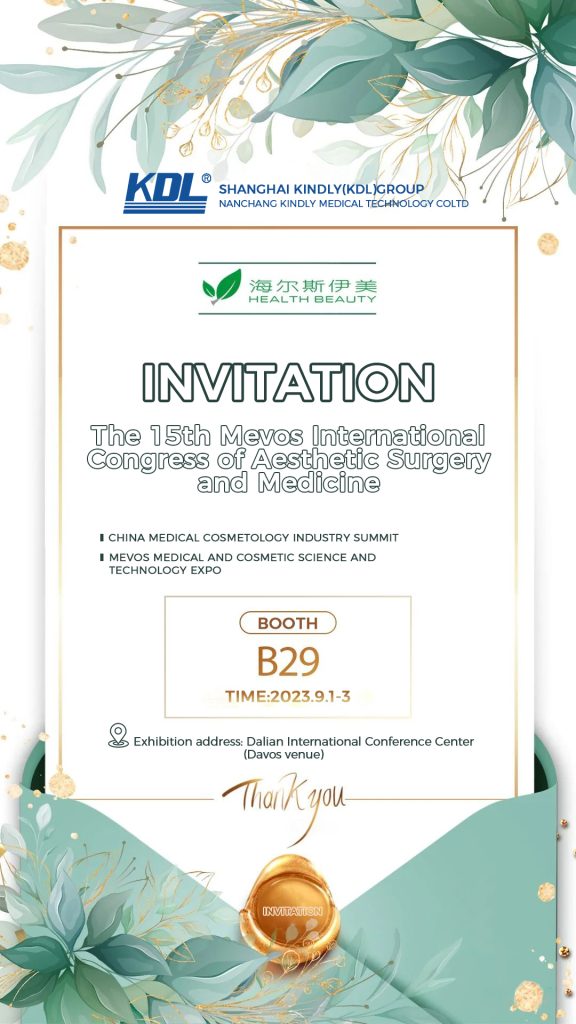
In the vast landscape of medical procedures and interventions, the role of cannula needle has emerged as a pivotal tool. These slender, tube-like needles have transformed the way healthcare professionals administer medication, draw blood, and conduct various medical procedures. Their design and functionality offer a multitude of advantages, contributing significantly to improved patient outcomes and procedural efficacy.
What is Cannula Needle
Cannula needles are versatile in medical settings, used for anesthesia, medication delivery, drawing blood, and infusing fluids. It’s a thin, hollow tube with a sharp, pointed end for inserting into veins, arteries, or cavities.
Cannula needles come in different sizes and designs to suit specific medical procedures. They are typically made of stainless steel or plastic. The hollow tube allows for the passage of fluids, medications, or the withdrawal of blood.
Key Benefits of Cannula Needles in Modern Medical Procedures
1. Precision and Versatility
Cannula needles are praised for their precise access to targeted body areas due to their fine gauge and hollow structure. The precision is crucial in medical situations like surgeries, therapies, and fluid extractions, where accuracy is vital.
Their versatility allows for a wide range of medical applications. Cannula needles are versatile tools in medicine, used for local anesthesia, medication delivery, blood sampling, and fluid infusion.
2. Reduced Trauma and Pain
One of the remarkable advantages of cannula needles lies in their ability to minimize trauma during insertion. The design, with a tapered tip and smooth surface, minimizes tissue damage for less patient discomfort.
As a result, patients often experience less discomfort during procedures involving cannula needles compared to traditional needles.
3. Enhanced Safety and Lower Risk of Complications
Cannula needles offer enhanced safety during medical procedures. Their hollow structure enables a smoother flow of fluids, reducing the likelihood of blockages or complications.
Their design reduces needlestick injuries, benefiting healthcare professionals and patients by lowering the risk of accidental needle-related injuries or infections.
4. Improved Fluid Flow
Cannula needles excel in controlled fluid or medication administration scenarios. Their design ensures precise and regulated medication or fluid delivery to the bloodstream or targeted areas of the body. This feature is particularly essential in situations where accurate dosing is critical for patient care.
5. Minimized Bruising and Hematomas
Compared to conventional needles, cannula needles have a reduced tendency to cause bruising or hematomas at the insertion site. The gentle insertion and even pressure distribution minimize tissue damage, reducing bruising and hematomas after the procedure.
6. Advancements in Technology
The evolution of cannula needle technology continues to refine these instruments, introducing innovations that further enhance their functionality. Ongoing research and technological advancements continuously improve the efficiency and effectiveness of cannula needles in medical settings.
This includes developing flexible materials and improving needle tip designs for increased precision and reduced discomfort.
7. Maximizing Patient Comfort and Compliance
Patient comfort is pivotal in modern healthcare, and cannula needles play a important role. Their reduced trauma during insertion translates into a more comfortable experience for patients, fostering increased compliance with medical procedures. Improved patient adherence to treatment plans and follow-ups, due to reduced pain and discomfort, leads to better healthcare outcomes.
8. Long-term Access for Intravenous Therapies
Cannula needles are frequently employed in intravenous (IV) therapies where patients require extended access to medications or fluids. Their hollow structure allows healthcare providers to secure the needle in place, providing a conduit for continuous administration. This extended access is particularly beneficial for patients undergoing chemotherapy, antibiotic treatments, or other therapies requiring prolonged intravenous delivery.
9. Precise Drug Delivery in Critical Care Settings
In critical care situations, where precision in drug delivery is paramount, cannula needles emerge as a preferred choice. Administering medications into the bloodstream ensures swift absorption, crucial in emergencies or when immediate effects are needed. Timely medication delivery is vital in cardiac care where precision can be life-saving.
10. Pediatric Applications and Geriatric Care
The advantages of cannula needles extend beyond adult populations, finding significant utility in pediatric and geriatric care. Children and older people often face higher risks in medical procedures, making cannula needles’ reduced trauma and pain particularly valuable. The gentleness of cannula insertion contributes to a more positive experience for these patient groups, facilitating better cooperation and understanding.
11. Reduced Needle Anxiety and Phobia
Fear of needles is common and causes anxiety or phobia among many people. The gentler nature of cannula needles makes medical procedures more accessible, alleviating fear for people who might avoid necessary interventions. Reducing needle-related anxiety can enhance patient engagement with healthcare and promote a more positive perception of medical procedures.
12. Cost-Efficiency and Resource Optimization
Although cannula needles initially cost more than traditional needles, their advantages make them cost-effective in the long term. Reduced complications like bruising, infection minimize need for further interventions or treatments, saving time and resources. Cannula needles’ versatility minimizes the need for multiple types, simplifying inventory and procurement for healthcare facilities.
13. Environmental Impact
Considering the global push for sustainable healthcare practices, the environmental impact of medical procedures is gaining attention. Cannula needles reduce the need for multiple insertions, minimizing complications and promoting eco-friendly healthcare. The lower complication rate reduces medical waste, promoting eco-friendly healthcare practices.
14. Continual Evolution and Research
The field of medical technology is dynamic, and the role of cannula needles continues to evolve. Ongoing research focuses on refining their design, materials, and applications. Advancing materials and imaging improve cannula needles for precise, safe, and comfortable healthcare guidance.
Conclusion
Cannula needles have transcended their traditional role as simple medical instruments, becoming integral components of advanced medical care. Their benefits, ranging from precision and reduced trauma to enhanced safety and versatility, make them indispensable tools for healthcare professionals.
Advances in technology and research are improving cannula needle design, enhancing patient experiences and healthcare outcomes. Their multifaceted advantages position cannula needles as not just tools but as catalysts for positive transformations in modern medical procedures.
KDL is a reputable cannula needle manufacturer in China, offering high-quality products to meet the needs of medical professionals worldwide. With a focus on precision and reliability, KDL produces a wide range of cannula needles that are designed to ensure optimal performance and patient comfort.
 +86-791-8686-1216
+86-791-8686-1216 


